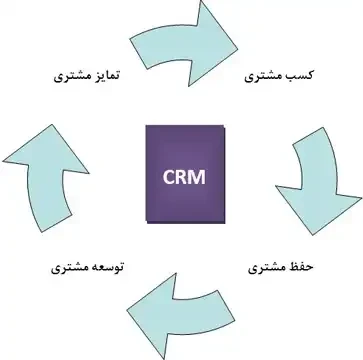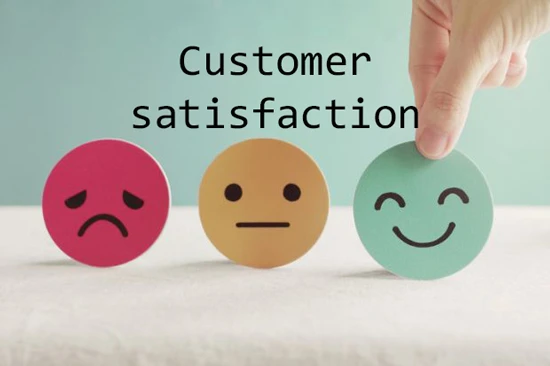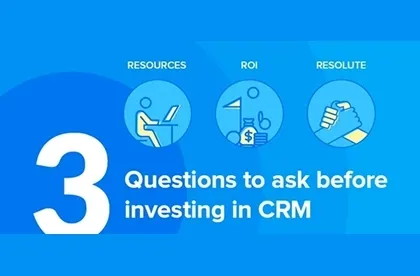Peter Drucker stated that “The aim of a business is to create and retain a customer.” His emphasis is on the importance of customer retention and cultivating deep relationships. Research conducted by Reichheld and Sasser in 1996 at Harvard Business School shows that most customers become profitable only in their second year of business. Initially, new customers are expensive – advertising costs, marketing costs, understanding customer needs, and learning how to best serve them.
Customer Relationship Management (CRM) is the powerful weapon that ensures a manager acquires and retains customers. (Anderson, Kerr, 2002)
Customer Relationship Management is a business philosophy that provides an organizational perspective on engaging with customers.
In other words, it refers to all the processes and technologies that an organization uses to identify, attract, engage, expand, retain, and serve customers. This technique involves implementing a comprehensive solution that integrates people, processes, and technology to create seamless communication between all customer-related activities, enhancing our connection with all customers.
On the other hand, it can be considered a broad conversational element encompassing four key stages: customer acquisition, customer retention, customer development, and customer differentiation. Among these, customer retention is considered the most crucial, as retaining an existing customer is estimated to be about five times cheaper than acquiring a new one.
Furthermore, if the organization's manager differentiates between customers based on their preferences and requests, it leads to an increase in acquiring new customers through referrals from existing customers, creating a continuous cycle.

The various definitions of Customer Relationship Management reflect different perspectives, each looking at a different dimension. Therefore, for a better understanding of these diverse viewpoints, we will examine some of them. According to Swift's definition, Customer Relationship Management is an organizational approach to understanding and influencing customer behavior through meaningful interactions to improve customer acquisition, retention, loyalty, and profitability.
Kane, et al., defines CRM as the strategic use of information, processes, technology, and people to manage customer relationships throughout the entire customer lifecycle. Koo and colleagues (2004) define CRM as an integrated customer strategy within an organization for more effective customer management by providing specific goods and services and maximizing customer lifetime value (Koo, Woo, 2007). Comer and Ramani define Customer Relationship Management as the process of acquiring and maintaining an ongoing relationship with customers, through appropriate and diverse behavior with each customer based on their interests, instead of implementing marketing campaigns. Customer Relationship Management is a concept that empowers an organization to provide specific services to each customer, resulting in a close relationship with the customer. CRM can create a one-to-one experience, which is noteworthy. Therefore, it creates new marketing opportunities based on past and customer preferences.
Customer Relationship Management typically consists of two parts:
- Marketing Automation: Increasing awareness related to online and offline marketing.
- Sales Automation: Responding to leads and communicating product features, benefits, and values for better sales.
These responsibilities were previously handled by two separate organizational units working independently within a company. Although direct marketing requires close interaction and teamwork between marketing and sales, strong Customer Relationship Management can make this interaction practical and efficient.




